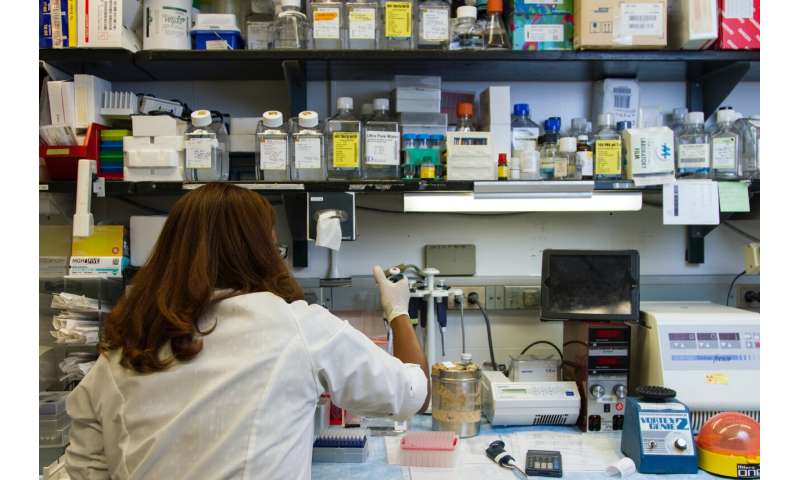
A new study of Black residents of four distinct U.S. cities reveals variations in genetic ancestry and social status that underscore the inadequacy of using skin color as a proxy for race in research. Dede Teteh of City of Hope Medical Center in Duarte, California, and colleagues present these findings in the open-access journal PLOS ONE on August 19, 2020.
Social science and biomedical research often treat the U.S. Black population—people of recent African descent, including African American, African, and Caribbean persons—as a homogeneous group, using skin color as a proxy for race. However, this approach ignores geographic variations in ancestry and social attainment that could provide more nuanced information.
In a first-of-its-kind study, Teteh and colleagues analyzed and compared skin color, genetic ancestry, and social attainment of 259 Black residents of Norman, Oklahoma; Cincinnati, Ohio; Harlem, New York; and Washington, DC. Each of these cities has a unique history that has shaped its racial structure today.
Statistical analysis revealed between-city differences in ancestry, skin pigmentation, and social attainment. It also showed that men were more likely to be married if they had darker skin color, and women if they had lighter skin color. People with darker skin color and a greater degree of West African ancestry were more likely to have attained graduate degrees and professional jobs than people with lighter skin.
These findings highlight and deepen understanding of the complexity and heterogeneity of race, ancestry, and social attainment in the U.S., especially variations between geographic regions. While the sample size is small, this study supports the importance of considering local social context and genetic ancestry when conducting social science or biomedical research.
Source: Read Full Article
